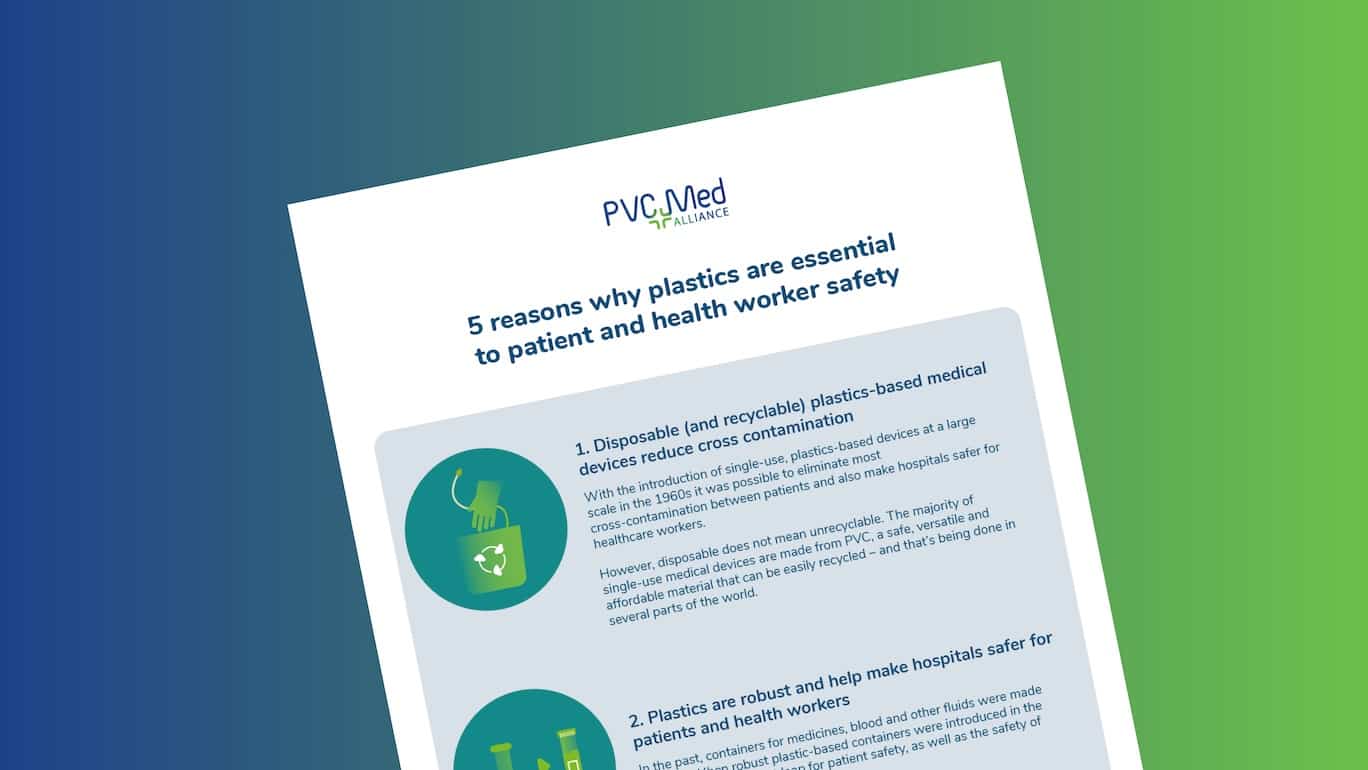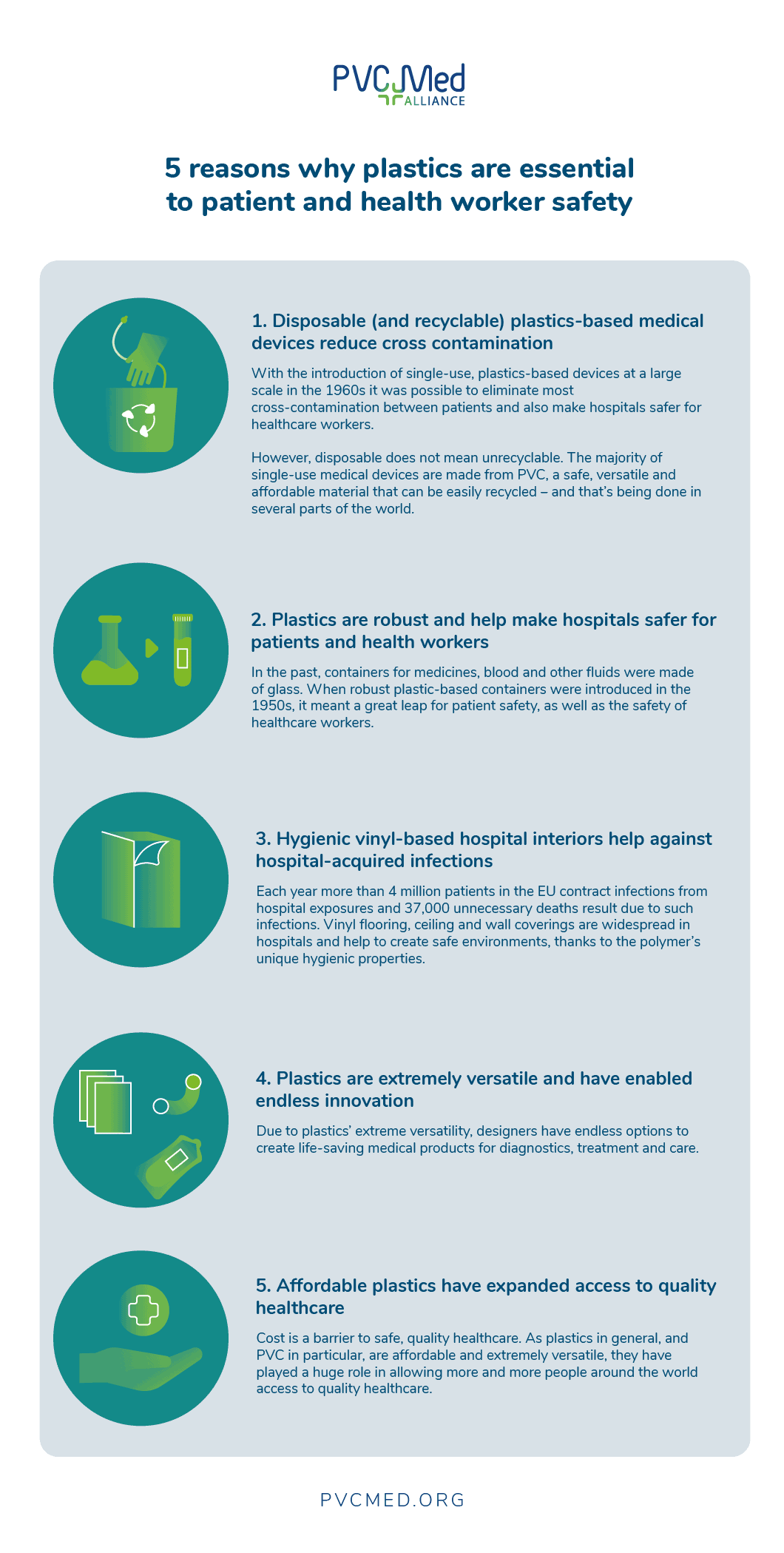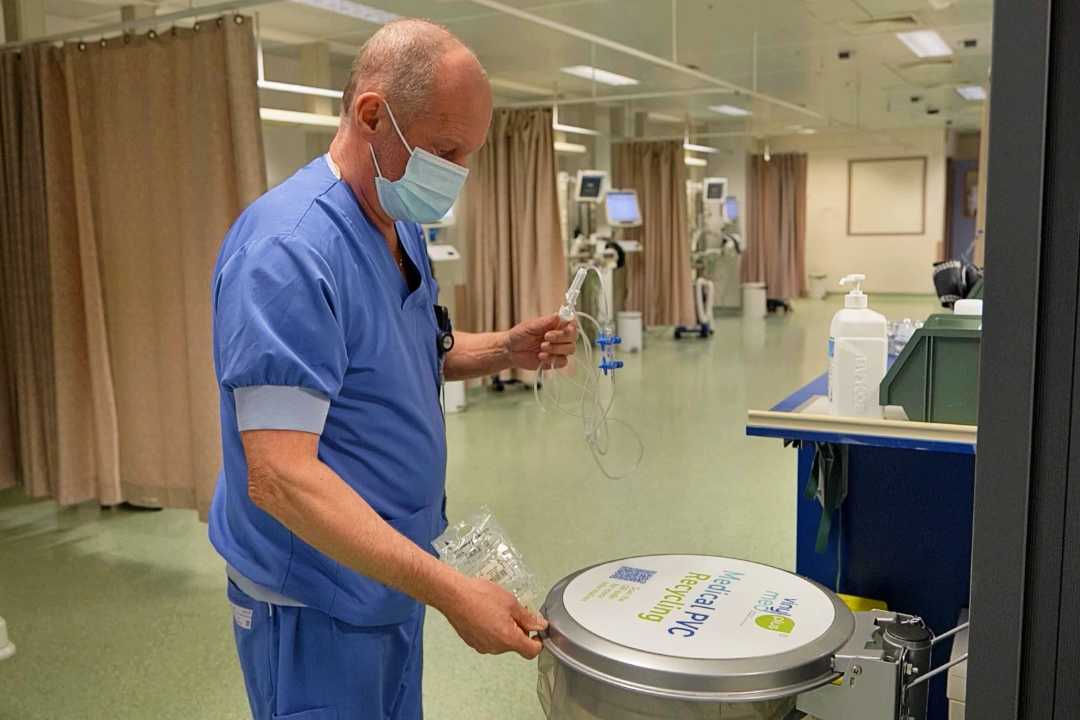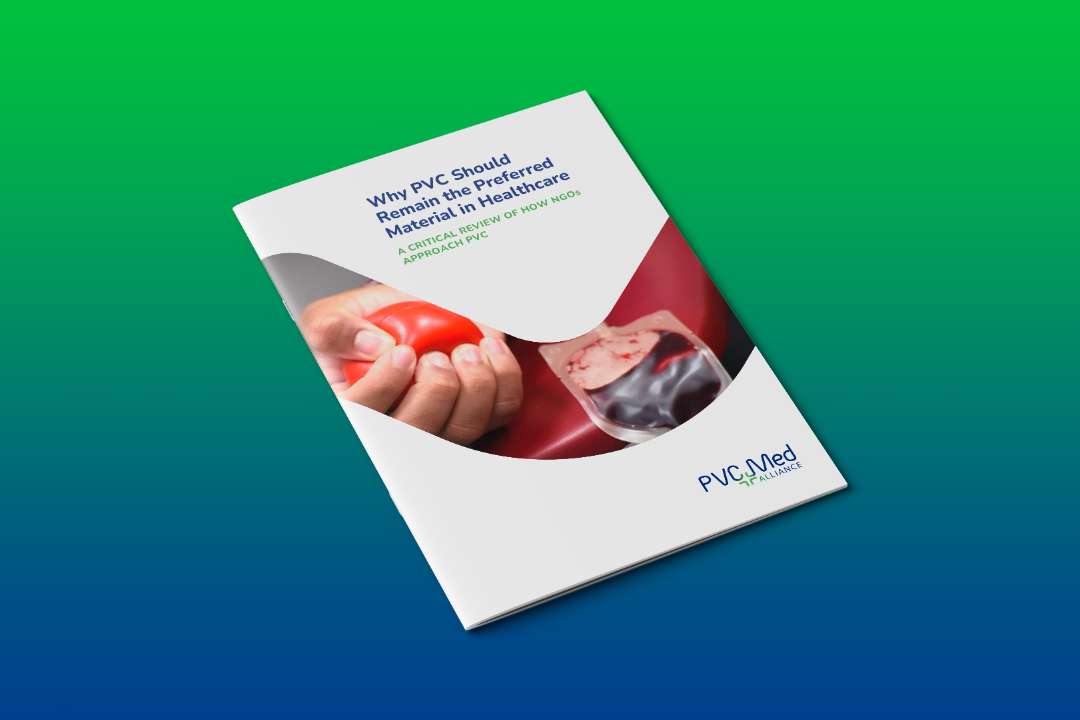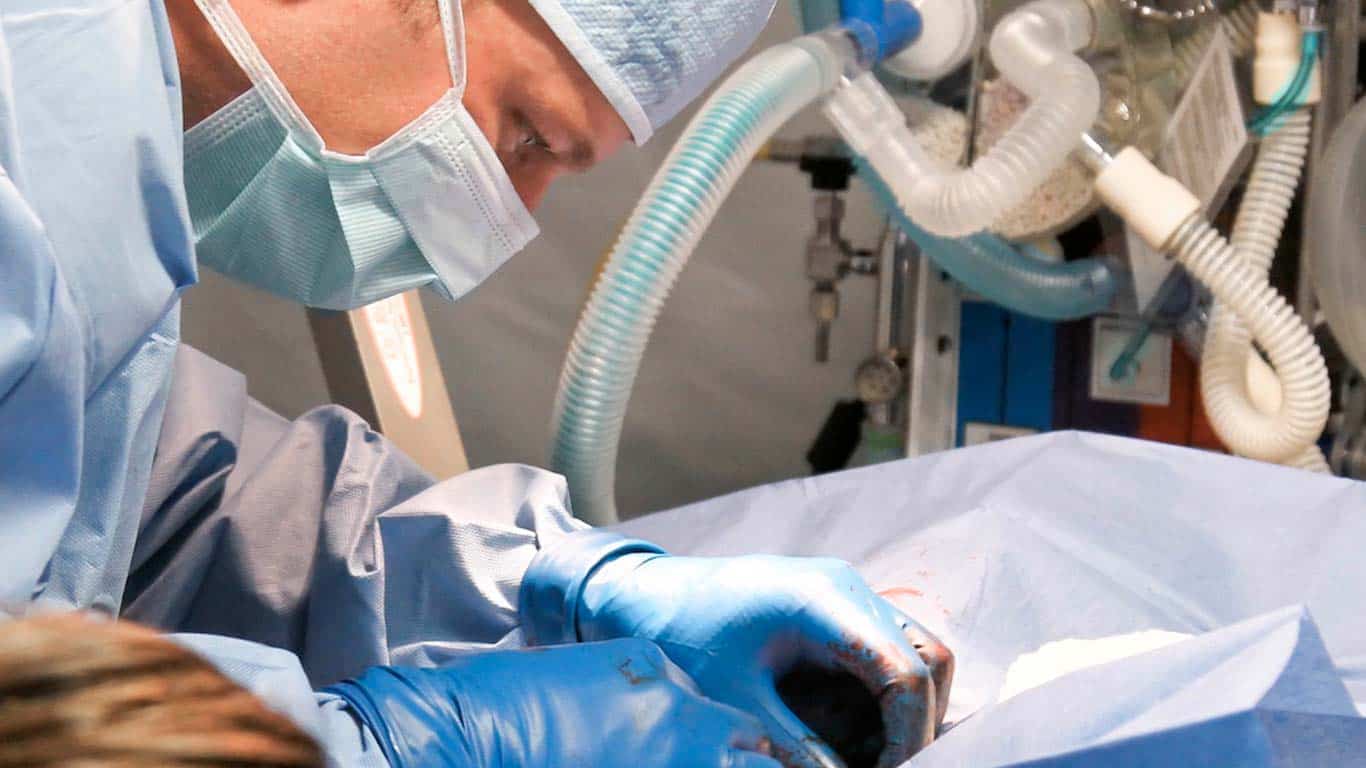
Op-ed: We need to learn from history, before we talk about plastic-free hospitals
11/09/2020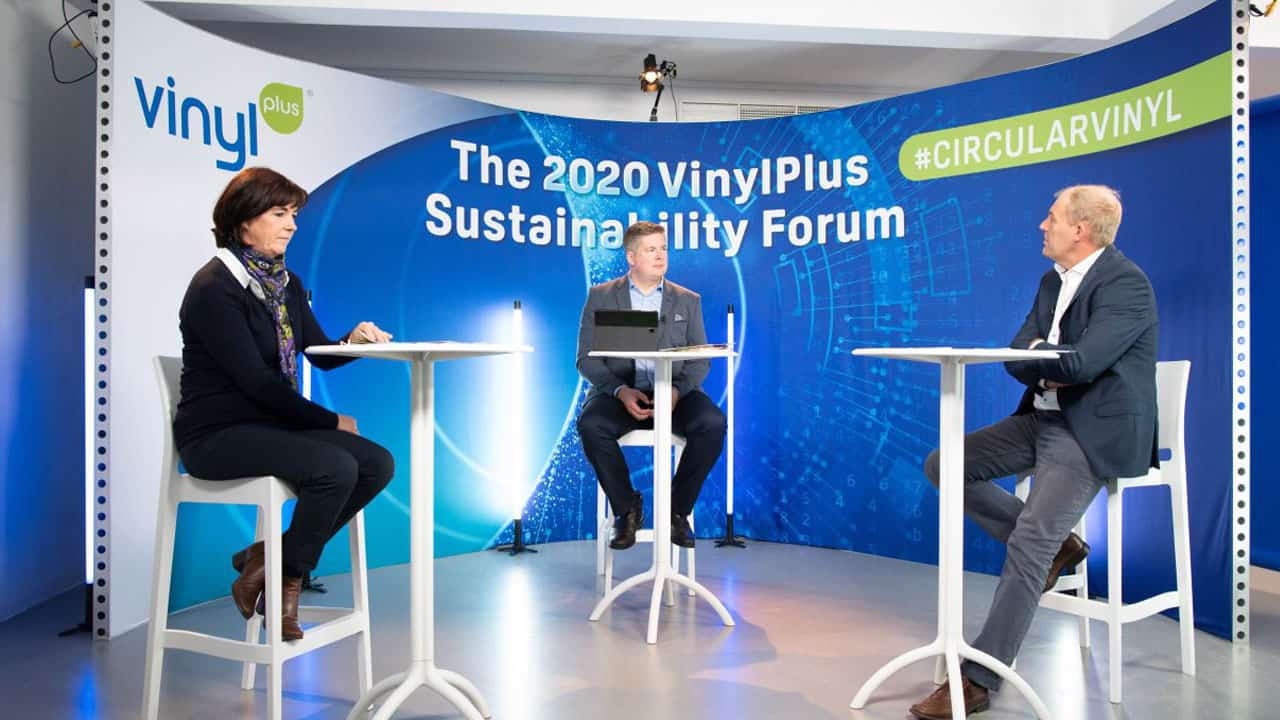
European PVC industry builds new 2030 sustainability programme at the online VinylPlus Sustainability Forum
16/10/202017 September marks World Patient Safety Day, a day organised by the World Health Organization to put focus on the fundamental principle of medicine – first, do no harm. On this day, in midst of the coronavirus pandemic, let’s take a look at why plastics are essential to the safety of patients and health workers:
1. Disposable (and recyclable) plastics-based medical devices reduce cross contamination
Historically, one of the most formidable challenges in healthcare has been to keep diseases from spreading. Prior to the middle of the 20th century, medical devices were made of metal, ceramics or glass and intended for multi-use. With the introduction of single-use, plastics-based devices at a large scale in the 1960s it was suddenly possible to eliminate most of the dangerous cross-contamination between patients and also make hospitals safer environments for those working there.
However, disposable does not mean unrecyclable. The majority of single-use medical devices such as oxygen masks, medical tubing and blood bags are made from PVC, a safe, versatile and affordable material that can be easily recycled. In several parts of the world, hospitals safely collect PVC-based medical devices and recycle them into useful products.
2. Plastics are robust and help make hospitals safer for patients and health workers
In the past, containers for medicines, blood and other fluids were made of glass. When robust plastic-based containers were introduced in the 1950s, it meant a great leap for patient safety, as well as the safety of healthcare workers. The first time plastic showed its worth was during the Korean War when PVC blood bags that could withstand being dropped from the air saved thousands of soldiers’ lives. Today, the robust blood bags continue to save lives. In Rwanda, for instance, drones deliver blood in PVC blood bags to remote parts of the country.
3. Hygienic vinyl-based hospital interiors help against hospital-acquired infections
Good hygiene is imperative to any hospital environment. The European Centre for Disease Prevention and Control states that infections occurring in clinical environments represent a serious threat to public health. Each year more than 4 million patients in the EU contract infections from hospital exposures and 37,000 unnecessary deaths result due to such infections. Vinyl flooring, ceiling and wall coverings are widespread in hospitals and help to create safe environments, thanks to the polymer’s unique hygienic properties.
4. Plastics are extremely versatile and have enabled endless innovation
Due to plastics’ extreme versatility, designers have endless options to create life-saving medical products for diagnostics, treatment and care. From the ever growing array of disposable medical devices over the personal protection equipment that have become essential during the coronavirus pandemic to hygienic hospital interiors, plastics are the basis. At the same time, plastics are key to the high-tech computer-based equipment that have come to play a more and more important role in healthcare.
5. Affordable plastics have expanded access to quality healthcare
Cost is a barrier to safe, quality healthcare. As plastics in general, and PVC in particular, are affordable and extremely versatile, their introduction in healthcare in the 1960s played a huge role in allowing more and more people around the world access to safe healthcare. With rising global populations and growing demand for quality healthcare, cost-efficiency will only become more important in the coming decades.

